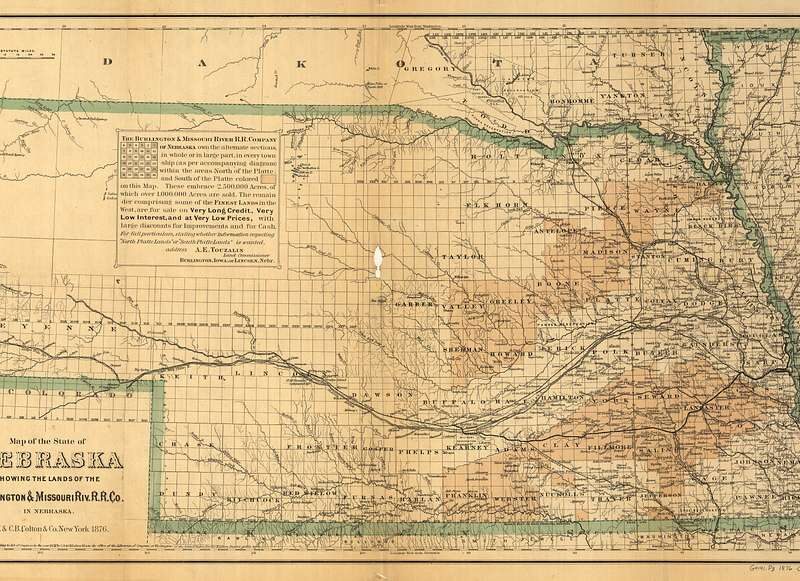By Erin DeHart
Assistant Professor of Education, York College
This fall I had the opportunity to take York College students to the United States Holocaust Memorial Museum in Washington DC. Although the trip was wonderful and exciting, it was the journaling the students and I completed during the trip that made the trip life changing.
We made our way to the United States Holocaust Memorial Museum. Although we were excited, a sense of seriousness was cloaked over our emotions. We all sat outdoors, waiting to be let in, journaling about our thoughts and feeling we had before going through the museum’s exhibits. Since I had toured the museum several times, I was anxious for my students, knowing what they will go through in a few minutes.
We were let in early, before the public can enter the museum, so we could walk through the permanent exhibit without feeling rushed or crowded. Each of us received an identification card of a person who lived during the Holocaust. It told about one individual, where they were during the time of the Holocaust and what had happened to them. The whole group was escorted into a gray, steel elevator. The doors closed, the air was stifling and everyone breathed deeply. I felt trapped. I knew what I was going to see, and it would be painful watching my students go through the museum.
A student journals:
“For the Dead and the Living, we must bear witness” Elie Wiesel
This quote really makes me realize what the Holocaust Museum is really about. While getting off the elevator and seeing the blown up picture on the wall of the American soldiers finding dead bodies really sets the tone for the whole museum. Most of the trip to D.C. we have been seeing things that is meant to celebrate and commensurate the lives and times of those that had given their lives in service to our country. This picture is not meant to convey the same meaning to those going through the museum. Here is a place that is not meant to celebrate but just to remember what happened. The whole experience through the museum, the feeling of hopelessness prevailed. Those targeted by the Nazis did not seem to have any hope to escape from the horrible and undeserved persecution. The whole emotions of the place did not really hit me until the boxcar. Standing outside it, I dreaded going through it. Even though I could have chosen to go around it, I felt compelled to enter it. There seemed to be a sense of dread around it. After the boxcar, I came to a room that had Auschwitz survivor retelling their experiences. As I sat in the room, I think I finally felt the horror of that really happened. I have heard accounts before, seen photos, read all the statistics, yet until that moment of coming from the boxcar to that room and being emotionally fragile from the other parts of the museum, I almost broke down. I stayed in that room as long as I could. The rest of the museum I couldn’t stay at any exhibit long without remembering that room.
Another writes:
“One of the most captivating parts of the museum for me was the shoe display. These abandoned shoes were the only remains of some people. The stale smell of the exhibit made me wince a bit as I was walking through. I examined the shoes of all different sizes and tried to capture an image of who would have worn these shoes. Exhibits like this bring a sense of reality and how crazy the human race can be. To deny and ignore that this tragedy had ever taken place is absurd. One of the thoughts that stayed constant for me during the day was how people can hate so much. God created us to love and create relationships, not destroy especially through grotesque measures. I am beside myself after making my trip through the museum. I am full of mixed emotions (sad, anger, and confusion). I am in shock and awe.”
The journaling was so very important for my students. They were able to clearly identify their feelings and thoughts, and our sharing drew us closer together as group. It was touching for me to see my students sitting in a boxcar used to transport people to concentration camps, sitting, deep with emotions, writing in their journals.
The trip for these students, who are soon to become teachers of English and Social Studies, was life changing. Although a teacher can teach about the Holocaust without this experience, the pre-service teachers will remember how they felt when they went through the museum. One could go on the trip without reflective journaling and writing, but the students recorded their moment in time so they can clearly define their emotions and push the emotion into their teaching and into their daily lives. They can live better lives after watching the events of the Holocaust unfold in a visual and emotional way. They can see what happens when hate and intolerance take over one’s life. These are important qualities to infuse into our future educators and into students today. I think that Mohandas Gandhi captures my thoughts on why this experience was so important in my students and their future students: “If we are to reach real peace in this world…we shall have to begin with the children.”


